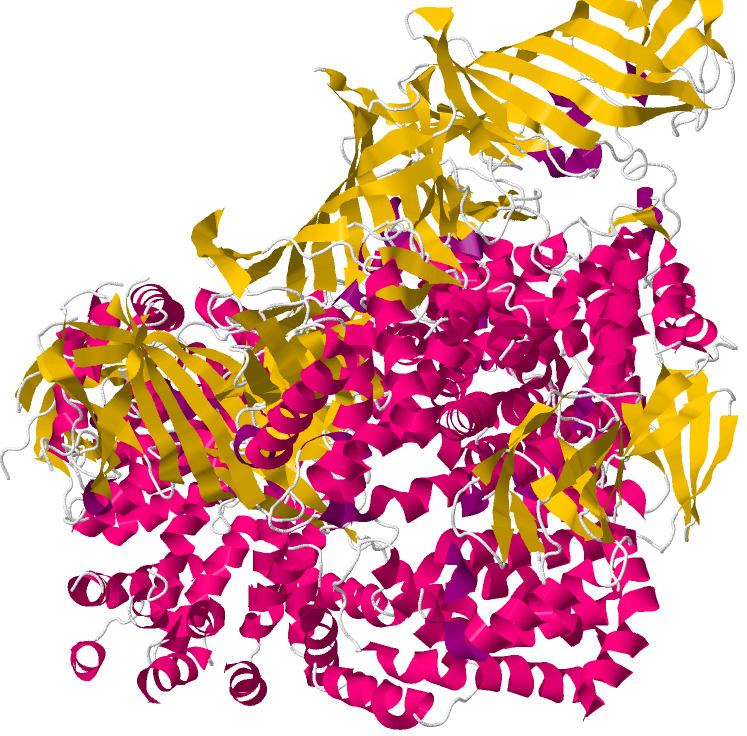Species Human Entrez 51752 | Human Mouse Ensembl ENSG00000164307 | |
 | ||
Aliases ERAP1, A-LAP, ALAP, APPILS, ARTS-1, ARTS1, ERAAP, ERAAP1, PILS-AP, PILSAP, endoplasmic reticulum aminopeptidase 1 External IDs MGI: 1933403 HomoloGene: 56754 GeneCards: ERAP1 | ||
Type 1 tumor necrosis factor receptor shedding aminopeptidase regulator, also known as endoplasmic reticulum aminopeptidase 1 (ARTS-1), is a protein which in humans is encoded by the ARTS-1 gene.
Contents
Endoplasmic reticulum amino peptidase 1 is active in the endoplasmic reticulum, which is involved in protein processing and transport. This protein is an aminopeptidase, which is an enzyme that cleaves other proteins into smaller fragments called peptides.
Nomenclature
ARTS1 is also known as:
Function
ERAP1 has two major functions in the immune system:
ARTS-1 is a member of the M1 family of zinc metallopeptidases which acts as an aminopeptidase that degrades oligopeptides by cleavage starting at the amino terminus. One of the functions of aminopeptidases is to degrade potentially toxic peptides in the cytosol.
ARTS-1 is a transmembrane protein that is localized to the endoplasmic reticulum. It has been implicated in the following functions:
Clinical significance
Aminopeptidases play a role in the metabolism of several peptides that may be involved in blood pressure and the pathogenesis of essential hypertension. Mutations in the ARTS-1 have been linked to an increased risk of ankylosing spondylitis but only in HLA-B27 positive patients .
The protein encoded by this gene is an aminopeptidase involved in trimming HLA class I-binding precursors so that they can be presented on MHC class I molecules. The encoded protein acts as a monomer or as a heterodimer with ERAP2. This protein may also be involved in blood pressure regulation by inactivation of angiotensin II. Three transcript variants encoding two different isoforms have been found for this gene.
